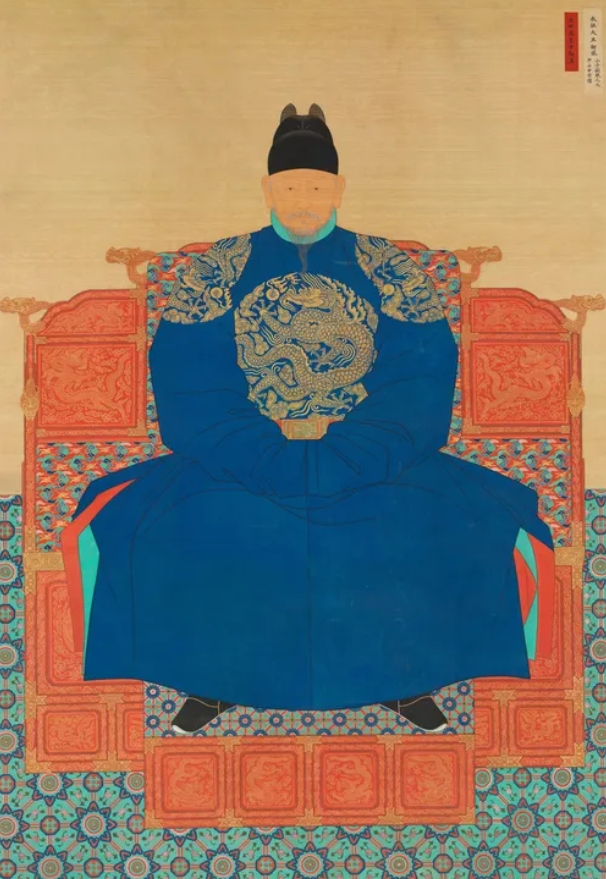The Joseon Dynasty (1392–1910) stands as one of the most significant and longest-lasting dynasties in Korean history. Spanning over five centuries, this Confucian kingdom shaped the political, cultural, and societal foundations of modern Korea. From the invention of Hangeul, the Korean script, to the establishment of a centralized bureaucracy and the development of a distinctive Confucian identity, Joseon’s legacy continues to influence Korea today.
In this article, we explore the origin, development, accomplishments, and legacy of the Joseon Dynasty—a must-read for anyone interested in Korean history and culture.

Origins of the Joseon Dynasty: From Goryeo to a New Order
The Joseon Dynasty was founded in 1392 by Yi Seong-gye, a prominent general of the waning Goryeo Dynasty. After leading successful military campaigns and consolidating support from Confucian scholars and political elites, Yi seized power and declared the start of a new era. He took the throne as King Taejo, establishing Joseon as the official name of the new dynasty.
In 1394, King Taejo relocated the capital from Gaegyeong to Hanyang—present-day Seoul—which would remain the capital throughout Joseon’s rule. He laid the foundation for a centralized government based on Neo-Confucian principles, signaling a clear departure from the Buddhist-oriented Goryeo Dynasty.
Confucian Statecraft and Centralized Governance
One of Joseon’s defining characteristics was its commitment to Confucianism as a state ideology. This philosophical shift impacted governance, education, and social norms. Under King Taejong and King Sejong, the dynasty institutionalized Confucian ideals through legal reforms and bureaucratic structures.
Key elements of Joseon’s governance included:
- Civil Service Examinations (Gwageo): These merit-based exams allowed qualified men, primarily from the yangban (scholar-gentry) class, to become government officials.
- Centralized Bureaucracy: A structured system with ministries and provinces enabled efficient control over the territory.
- Legal Codification: The Gyeongguk Daejeon, compiled in the 15th century, served as the foundational legal code for the dynasty.
Social Structure: The Hierarchy of Joseon Society
Joseon society was strictly hierarchical, with social mobility largely restricted by birth and status. The four-tiered structure included:
- Yangban (Scholars and Nobility): The ruling class, responsible for administration and scholarship.
- Chungin (Middle People): Technicians and administrators like interpreters, physicians, and artists.
- Sangmin (Commoners): Peasants, farmers, and laborers—the backbone of the economy.
- Cheonmin (Low-born): Slaves, entertainers, and outcasts with little to no rights.
Despite the rigidity of this structure, Joseon emphasized moral conduct and filial piety, expecting all citizens to live virtuously in accordance with Confucian ethics.
Cultural Renaissance: Science, Language, and the Arts
The Joseon Dynasty’s cultural and scientific accomplishments are particularly remarkable during the reign of King Sejong the Great (r. 1418–1450). His contributions solidified Joseon’s reputation as a center of innovation.
Invention of Hangul
In 1443, King Sejong initiated the creation of a phonetic writing system, later named Hangul (originally “Hunminjeongeum”). Hangul allowed ordinary Koreans, who struggled with classical Chinese, to read and write their language for the first time.
This democratization of literacy had profound effects on education, law, and cultural identity.
Scientific Advancements
Joseon scholars made major contributions in:
- Astronomy: Inventions like the water clock (Jagyeokru) and celestial globes helped track time and celestial bodies.
- Agriculture: Manuals such as the Nongsa Jikseol guided efficient farming practices.
- Medicine: Texts like Dongui Bogam compiled medical knowledge for widespread use.
Arts and Literature
The Joseon period saw the flourishing of literature, painting, ceramics, and Confucian philosophy. Works in classical Chinese and later Hangul reflected themes of morality, loyalty, and nature. White porcelain ceramics, known for their elegance, became symbols of Joseon aesthetics.

External Relations and Military Challenges
Joseon maintained a tributary relationship with Ming China, honoring Confucian tradition while protecting its sovereignty. This diplomatic model, known as sadae (serving the great), preserved peace and allowed cultural exchange.
However, the dynasty faced severe external threats:
- Imjin War (1592–1598): Japan, under Toyotomi Hideyoshi, invaded Korea. Joseon’s military, supported by Ming China and led by naval commander Yi Sun-sin, eventually repelled the invaders.
- Manchu Invasions (1627 & 1636): Joseon suffered humiliating defeats and was forced into tributary status under the Qing Dynasty.
These crises weakened royal authority but also led to military and administrative reforms.
Royal Family, Tombs, and National Heritage
The Joseon royal family followed strict Confucian rituals in both life and death. The royal tombs, known as “neung” (능) for kings and “won” (원) for others, were meticulously arranged according to geomantic principles.
There are 40 royal tombs across 18 sites in South Korea, collectively designated as UNESCO World Heritage Sites. These sites include:
- Donggureung in Guri (largest cluster of royal tombs)
- Seooreung in Goyang
- Yeongneung in Yeoju
These tombs are invaluable not only for their architectural beauty but also for their insights into Joseon rituals, values, and cosmology.
Decline and Fall of the Dynasty
By the 19th century, Joseon was plagued by internal corruption, factionalism, and peasant unrest. Foreign powers exerted growing pressure: Catholic missionaries, Protestant evangelists, and imperialist forces from Japan and the West threatened Joseon’s isolationist policies.
The Donghak Peasant Revolution (1894) and Gabo Reforms exposed deep societal fractures. Japan’s influence culminated in the annexation of Korea in 1910, ending the Joseon Dynasty and beginning a painful colonial era.
Legacy of Joseon in Modern Korea
Though Joseon fell over a century ago, its legacy endures in many facets of Korean life:
- Hangeul is the official writing system of both South and North Korea.
- Confucian values like respect for elders and family loyalty continue to influence Korean culture.
- Historical palaces such as Gyeongbokgung, Changdeokgung, and Jongmyo Shrine attract millions of visitors and serve as national symbols.
The dynasty’s commitment to scholarship, governance, and cultural development laid the foundation for modern Korea’s identity.
Importance of Joseon
The Joseon Dynasty was not just a political regime—it was a civilizational project that integrated Confucian ideals, promoted education, encouraged scientific inquiry, and produced a rich cultural heritage that remains a source of national pride.
Whether you’re a student of East Asian history, a traveler exploring Korea, or simply a curious reader, understanding Joseon provides valuable insight into how Korea became what it is today.
Other Relevant Readings
- King Sejong
- Hangeul
- Jiphyeonjeon
- Hunminjeongeum
- Seonbi, Scholars of Joseon
- Yangban
Introduction & Hangeul >>
- Joseon Dynasty history
- Korean royal family
- King Sejong and Hangul
- Confucianism in Korea
- Korean palaces and tombs
- Joseon cultural achievements
- Korean heritage sites
- Yi Seong-gye
- Imjin War Korea
- Korea’s last dynasty
